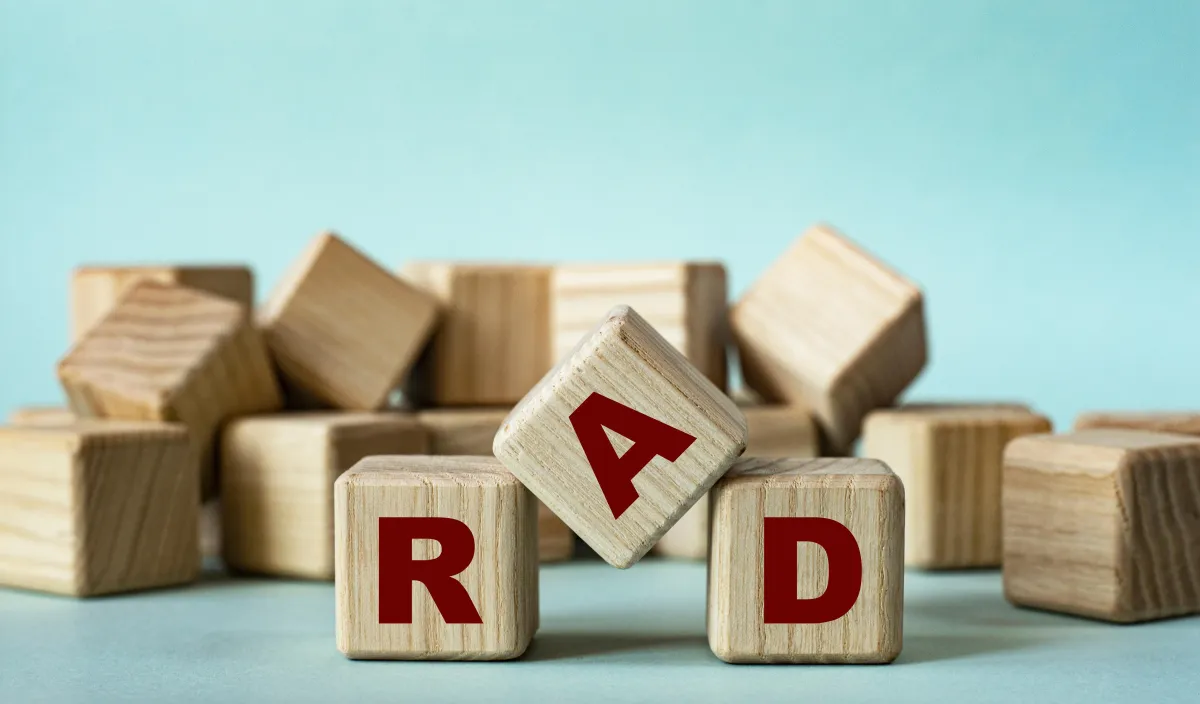Let's help you determine which type of school is best for your daughter.
Articles & Resources

Understanding the Fight, Flight, Freeze Response and Reactive Attachment Disorder (RAD)

The fight, flight, or freeze response is a survival mechanism that has been hardwired into humans over thousands of years. It’s our body’s way of reacting to perceived threats and is essential for survival. However, when this response is triggered too often, especially during critical developmental stages in childhood, it can have long-term psychological effects. For individuals with Reactive Attachment Disorder (RAD), the fight, flight, or freeze response often becomes dysregulated, shaping how they interact with the world around them.
This blog delves into the intricacies of the fight, flight, freeze response, its role in RAD, and how understanding this connection can pave the way for better support and treatment.
What is the Fight, Flight, Freeze Response?
At its core, the fight, flight, freeze response is the body’s immediate reaction to danger. It is controlled by the autonomic nervous system (ANS), particularly the sympathetic nervous system. When a threat is perceived, the brain’s amygdala sends a signal to the hypothalamus, activating the ANS and releasing stress hormones like adrenaline and cortisol.
This reaction prepares the body to either:
Fight: Confront the threat head-on.
Flight: Flee from the danger as quickly as possible.
Freeze: Stay still, hoping the threat will pass unnoticed.
These responses are adaptive in life-threatening situations. However, for children who experience prolonged trauma, neglect, or inconsistent caregiving, this response can become overactive, even in situations that are not truly dangerous.

Understanding Reactive Attachment Disorder (RAD)
Reactive Attachment Disorder is a condition that develops in young children who experience severe neglect, abuse, or disruptions in their early relationships with caregivers. These children are unable to form healthy attachments due to a lack of consistent emotional support and nurturing in their formative years.
RAD is characterized by:
Difficulty trusting others.
Avoidance of closeness or emotional connections.
Outbursts of anger or fear in response to seemingly minor triggers.
Emotional withdrawal or apathy toward caregivers and peers.
The link between RAD and the fight, flight, freeze response lies in the early experiences of trauma. For children with RAD, their bodies often remain in a heightened state of alert, perceiving even neutral situations as threats.

How the Fight, Flight, Freeze Response Manifests in RAD
For children with RAD, the fight, flight, freeze response may become a default way of interacting with their environment. This can manifest in several ways:
Fight Response in RAD:
Aggressive behavior, even when unprovoked.
Physical confrontations with peers, siblings, or caregivers.
Emotional outbursts that seem disproportionate to the situation.
Defiance or resistance to authority figures.
These reactions often stem from a deep-seated fear of vulnerability. By "fighting," the child tries to assert control over a situation they perceive as threatening.
Flight Response in RAD:
Avoidance of caregivers or peers.
Running away from home, school, or social situations.
Reluctance to engage in conversations or activities.
Difficulty forming close relationships.
The flight response reflects the child’s attempt to escape situations that feel emotionally overwhelming or unsafe.
Freeze Response in RAD:
Emotional withdrawal or "shutting down."
Avoiding eye contact or remaining silent during conflict.
Appearing apathetic or indifferent in situations that require emotional engagement.
Dissociative behaviors, where the child seems mentally "absent."
Freezing is a protective mechanism, allowing the child to "hide" emotionally when they feel unable to confront or escape the threat.
Why These Responses Become Dysregulated
For children with RAD, the fight, flight, freeze response is not just a reaction to physical danger but also to perceived emotional threats. A caregiver's absence, a raised voice, or an unfamiliar environment can trigger these responses because their brains have been conditioned to expect harm. Over time, this hyperactive stress response becomes maladaptive, interfering with the child's ability to form healthy relationships and navigate daily life.
Early trauma impacts the development of the brain’s prefrontal cortex, which is responsible for reasoning, impulse control, and emotional regulation. Without proper intervention, the fight, flight, freeze response continues to dominate, creating cycles of mistrust and emotional instability.

Supporting Children with RAD
While the challenges of RAD are significant, understanding the role of the fight, flight, freeze response can help caregivers, educators, and therapists provide better support.
Create a Safe Environment:
Consistency is key. A predictable routine helps the child feel secure and reduces the likelihood of triggering a stress response.
Use calm, reassuring tones and body language to signal safety.
Focus on Emotional Regulation:
Teach the child grounding techniques to help them stay present during moments of stress.
Use activities like deep breathing, mindfulness exercises, or sensory tools to manage overwhelming emotions.
Build Trust Gradually:
Avoid pushing the child to form immediate emotional connections. Trust takes time and patience.
Celebrate small victories in attachment-building, such as sustained eye contact or a moment of shared laughter.
Seek Professional Support:
Therapists trained in trauma-informed care and attachment therapy can help the child process their early experiences and develop healthier coping mechanisms.
Parent coaching can equip caregivers with strategies to handle challenging behaviors without escalating the situation.
Recognize Your Own Triggers:
Caregiving for a child with RAD can be emotionally taxing. Take time to reflect on your own reactions and practice self-care to maintain a calm presence.

Hope for Healing
While the fight, flight, freeze response in children with RAD may seem overwhelming, it’s important to remember that healing is possible. With patience, understanding, and the right interventions, children can learn to regulate their emotions, build trust, and form meaningful relationships. Early trauma may shape their initial view of the world, but it doesn’t have to define their future.
At its core, supporting a child with RAD means showing them that love, safety, and stability are possible—even when their experiences have taught them otherwise.
